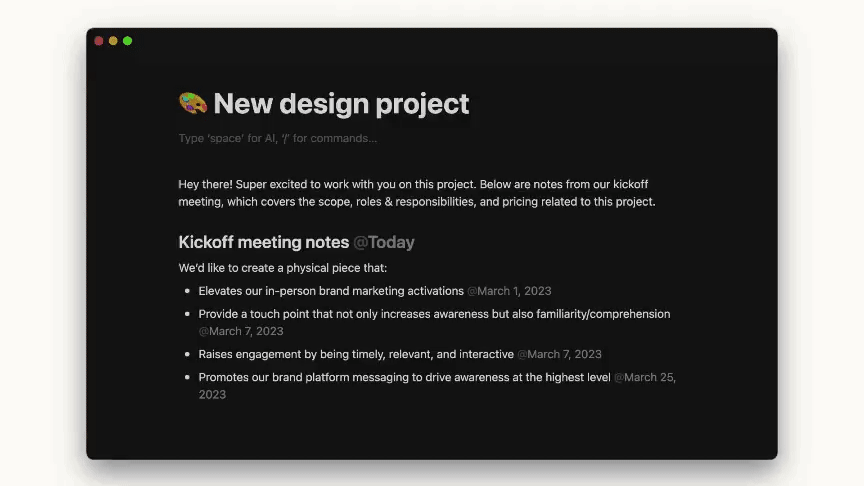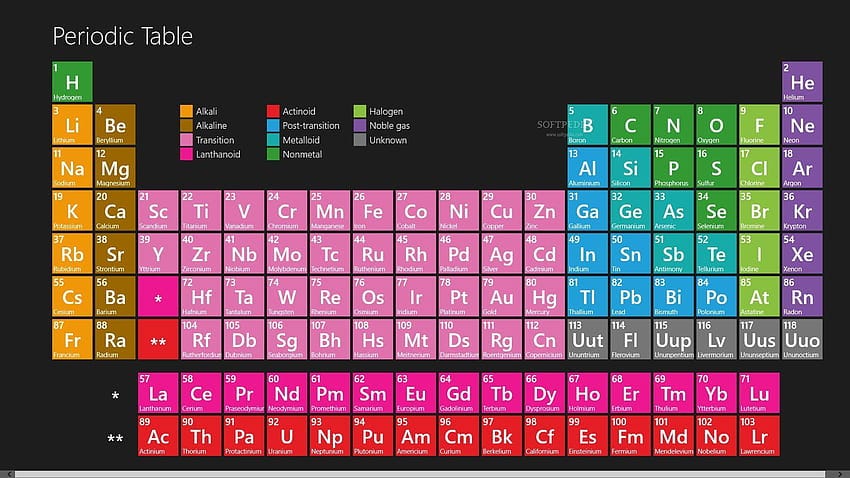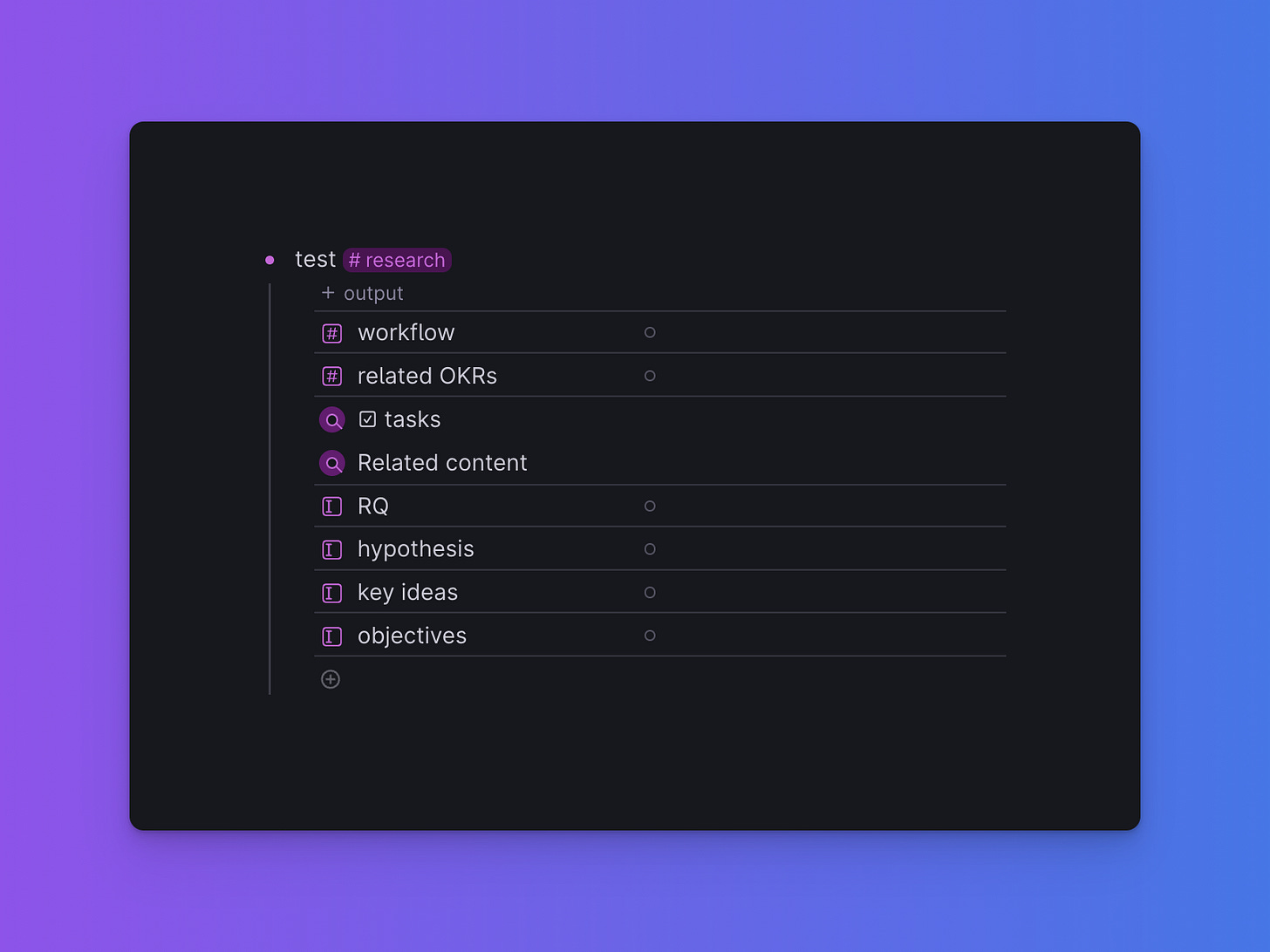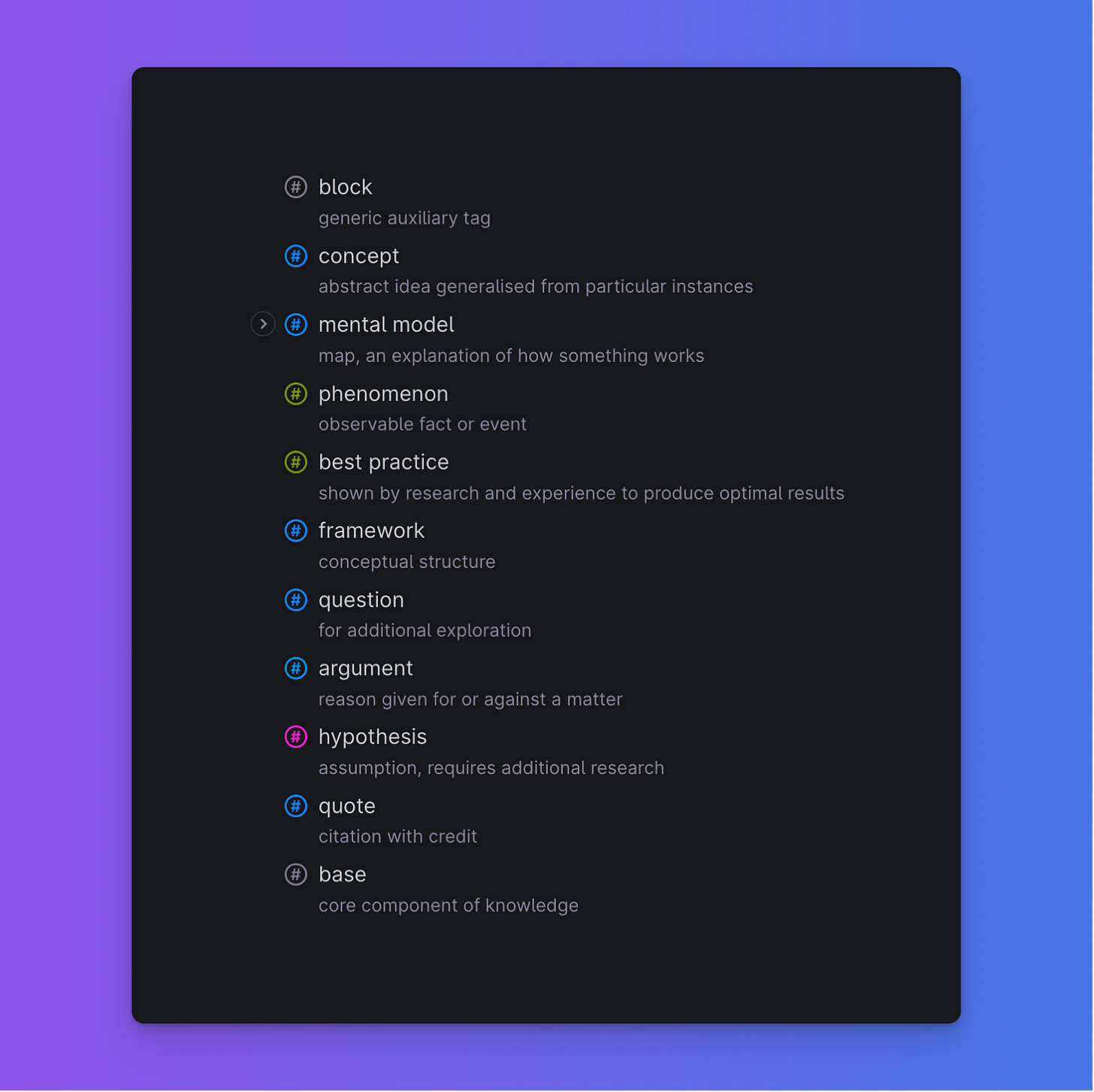TfT #9 / Meaningful structures
The third component of the F.A.S.T. framework. Filter / Automate / Structure / Templatize.
Hey 👋 — Andrew is here!
In this issue, I share strategies for better organizing your life.
Some are applicable only to the digital environment. Others are more universal.
This is the third issue on my new productivity framework F.A.S.T. I've designed and built it specifically for knowledge workers.
The issue will take about 12 minutes to read. Hope you enjoy it!
You do not rise to the level of your goals. You fall to the level of your systems.
— James Clear
Chaos and disorganization are harmful to productivity.
They drain energy and focus
You pay cognitive taxes
You waste time looking for information
You are doing the same work over and over again
You feel lost, frustrated, and demotivated
Junk drawer symbolizes the failure of structure and organization.
Many artists depict hell as a disorganized mess.
Living in clutter, you create your own personal hell.
This hell can be caused by a number of factors, including a lack of time, resources, or motivation, as well as an inability to find best strategies to organize things.
Entropy
We are surrounded by things in a state of entropy that must be constantly maintained in a state of order.
order in time
order in digital/physical space
order in information
You locally reverse entropy. That's why you're here.
— Naval
We build our civilization following this principle. Humanity created lots of structures that help us build, learn, navigate, communicate, choose, play.
We are essentially the same species as we were 200 000 years ago.
What changed? Now we have structures.
Meaningful structures
Structures are everywhere. Without them, our civilization would collapse really fast.
Take a clothing store, for example.
A very efficient structure.
You can find items there if you follow a few simple rules:
First, choose who you are (male / female / kid)
Then go for the type of clothes or style/capsule.
When you've found the right item, choose your size.
Supermarket would be another case of extremely efficient structure.
Supermarket is the pinnacle of collective intelligence.
Tim Urban
Here, structuring can be viewed as a process of creating new information.
We arrange and organize information, knowledge, resources, objects in a meaningful and useful manner. The end result should give us more value and utility than the original, unorganized state.
The task of organizational systems is to provide maximum information with the least cognitive effort.
Daniel Levitin
This principle can be applied to all of your systems:
System of notes
System of tags
System of files
System of bookmarks
System of templates
System of questions
System of frameworks
Our brains evolved to receive a pleasant shot of dopamine when we learn something new and again when we can classify it systematically into an ordered structure.
Danile Levitin
But when the principles we use to organize our environment (physical or digital) contradict how our brains organize things, problems emerge:
losses
mistakes
wasted time
frustration
So we need to find the right organizational principles to minimize these contradictions.
Here are the 6 strategies that will help you to find these principles. And use them to design and build a neat structure for your environment.
1. Start with first principles
When it comes to structure, we tend to use a predefined set of notions such as files, folders, tasks, notes, and so on.
Many of these are skeuomorphic (like folders & files). They come from the pre-digital age. They are constricting, rigid.
Instead of relying too much on predefined entities and tools, start with the first principles thinking.
Break down your structure into basic elements and then reassemble it from the ground up.
What are those fundamentals?
Four types of structures:
Lists
Trees
Grids
Networks
Your structure will be some sort of combination of those four.
More about four structures in this article by Gordon Brander
Those structures operate on top of the general elements: Entities, Relations, Classes, Objects, Attributes.
Use them to design your structure. Follow this general approach:
Define the set of specific entities you work with
This could be project, idea, build, article, goal etc.
Define the relationship between those
Now you have your own schema.
Use a system of queries to access and manipulate objects.
This approach is extremely well implemented in Tana:
Supertags allow you to define classes
Classes have attributes
By tagging the specific node you create an object
Live queries allow you to find and access your objects.
For example, I designed my Research project class from the ground up:
Class research is an abstraction, it represents kind of things.
Each research project is an object of this class.
It relates to other entities like: tasks, contexts, workflows, OKRs.
It has attributes like key ideas and RQ (research questions).
Domain of ontologies and schemas is extremely deep. I will do a separate issue on it. In the mean time if you want to learn more, check out this book.
2. Maintain universality
If the structure you operate changes when you change context, your switching cost could be extremely high.
So the better idea is to use consistent structure across all of your contexts.
This is pretty much what Tiago Forte preaches with PARA.
Instead of fighting the tide and looking for "one platform to rule them all," formulate your Project List and then replicate that list across every single tool you use, now and in the future... I've noticed that people tend to use different organizational schemes in every program they use. They try to adapt a different scheme to the capabilities of each program, forcing their brains to "load up" and remember a different one every time they switch programs.
— Tiago Forte
If you impose an identical (or at least similar) structure, you optimize your cognitive efforts and reduce switching costs.
This principle can be applied to any system you use.
For example, I use universal knowledge blocks classification across all of my contexts.
This consistent structure allows me, for example, to find all the concepts from books, articles, courses, podcasts I've processed.
3. Build MVS first
Dealing with structuring, you dive into complexity.
And it's good to remember Gall's law here:
A complex system that works is invariably found to have evolved from a simple system that worked. The inverse proposition also appears to be true: A complex system designed from scratch never works and cannot be made to work. You have to start over, beginning with a working simple system
Trying to design a perfect complex structure from scratch is a bad idea.
So instead start with a simpler MVS (Minimal Viable Structure)
Ask yourself the following questions:
What structure can I implement with the minimal effort?
How can I make this structure sustainable?
How can I make it easier to develop and iterate on it?
The flow goes like this:
Design the first prototype
Implement it
Start using it
Add complexity
Simplify
Iterate
4. Simplify
The good structure reduces cognitive efforts.
They are doing it in 3 ways (following the famous paper by David Kirsh)
They simplify choice
They simplify perception
They simplify computation
All these 3 principles you can see in well-organized kitchen:


Areas ordered following the process of cooking → this simplifies choice
Items are clustered and labeled → this simplifies perception
Tools stored an accending / descending ordering → this simplifies computation (reduces pricy mental operations like comparison)
Your structure should do the same 3 things.
To achieve that start with the bottlenecks:
Where in your structure are you dealing with too much choice?
In what part the clutter overloads your perception?
Where is excessive computing nedded to do the operation?
When you find them → optimize these bottlenecks one by one.
5. Keep it lean and antifragile
I've stated this issue with the statement: chaos and disorganisation are harmful for your productivity.
Yet too much order is also not good. If your structure is too rigid, it will be extremely fragile.
The solution here is to design and maintain a flexible and lean system.
Your structure is dynamic. And it needs to be dynamically maintained. It grows and evolves together with your expertise.
Put your structure under regular stress. Keep it adaptable.
6. Automate as much as possible
Maintaining a nice structure can be time-consuming. Now we have all sorts of co-pilots to help with that.


Following FAST framework, applying A to S: Automate → Structure.
Outsource to the machine: tagging, doing bulk changes, indexing, moving, rearranging, maintaining integrity, and collecting garbage.
Obviously, more sophisticated tools will become available soon. Some experts believe that structure will become obsolete pretty soon.
Here is Dan Shipper's vision of the future of note organising:
These taxonomies can even be created on the fly for new projects, so as your needs change, your notes can reorganize themselves into new views that help you navigate them more effectively. A simple example might be something like an automatically updating list of every book you've read this year.
I also think we are moving to this direction, but thin about this:
The good structure mirrors your way of thinking. It follows your style of operating. It reflects your current state of sensemaking on the subject.
Outsourcing all of this to the language model you are risking to lose a grip. You will be also more prone to errors that are typical fro LLMs.
More and more sophisticated co-pilots will emerge, so we can delegate them more. We will also have more tools to verify their performance.
In any event, I prefer to keep control over the essential aspects of my structure. And employ AI to help me maintain it.
It’s a wrap
Structures give us clarity and control!
And these 6 strategies can help here:
Start with the first principles thinking
Maintain universality
Build MVS (Minimal Viable Structure) first
Simplify
Keep it lean and antifragile
Automate as much as possible
I will do a separate issue with case studies on these 6.
Thank you for reading!
You might also enjoy the issues on Filters and Automations from FAST.












Great, It's very helpful, I'm waiting for the next post about "Templatize"